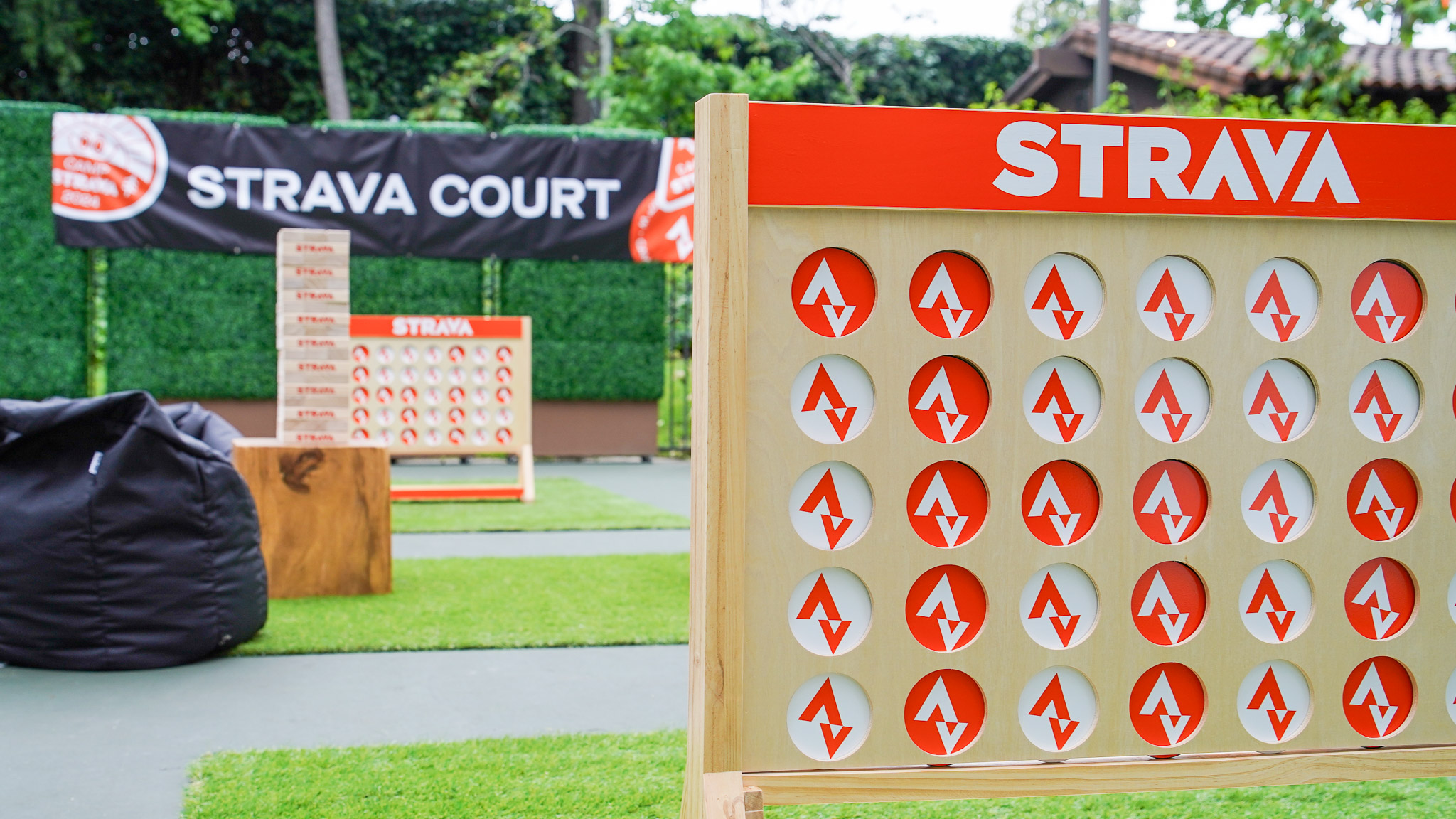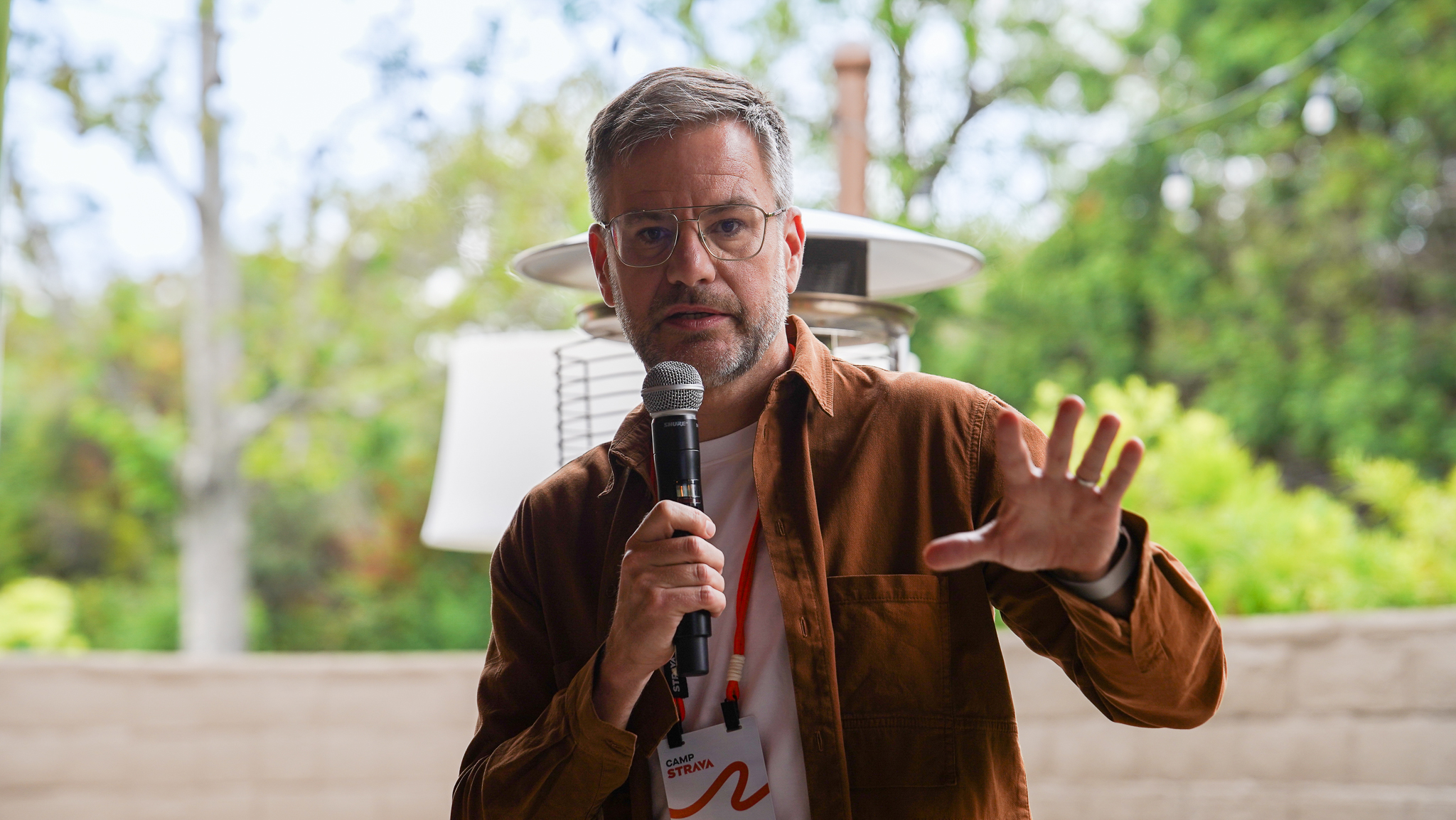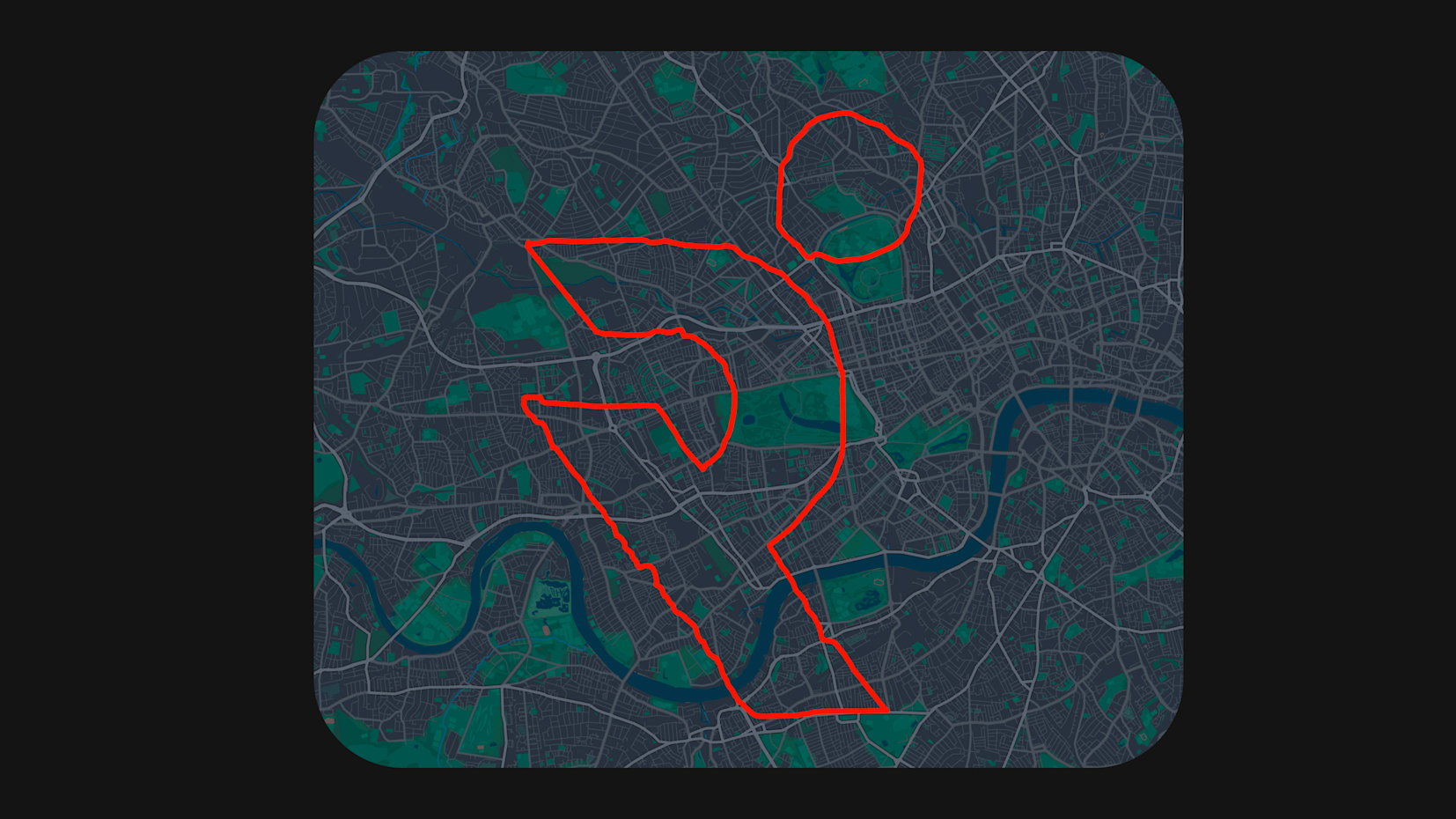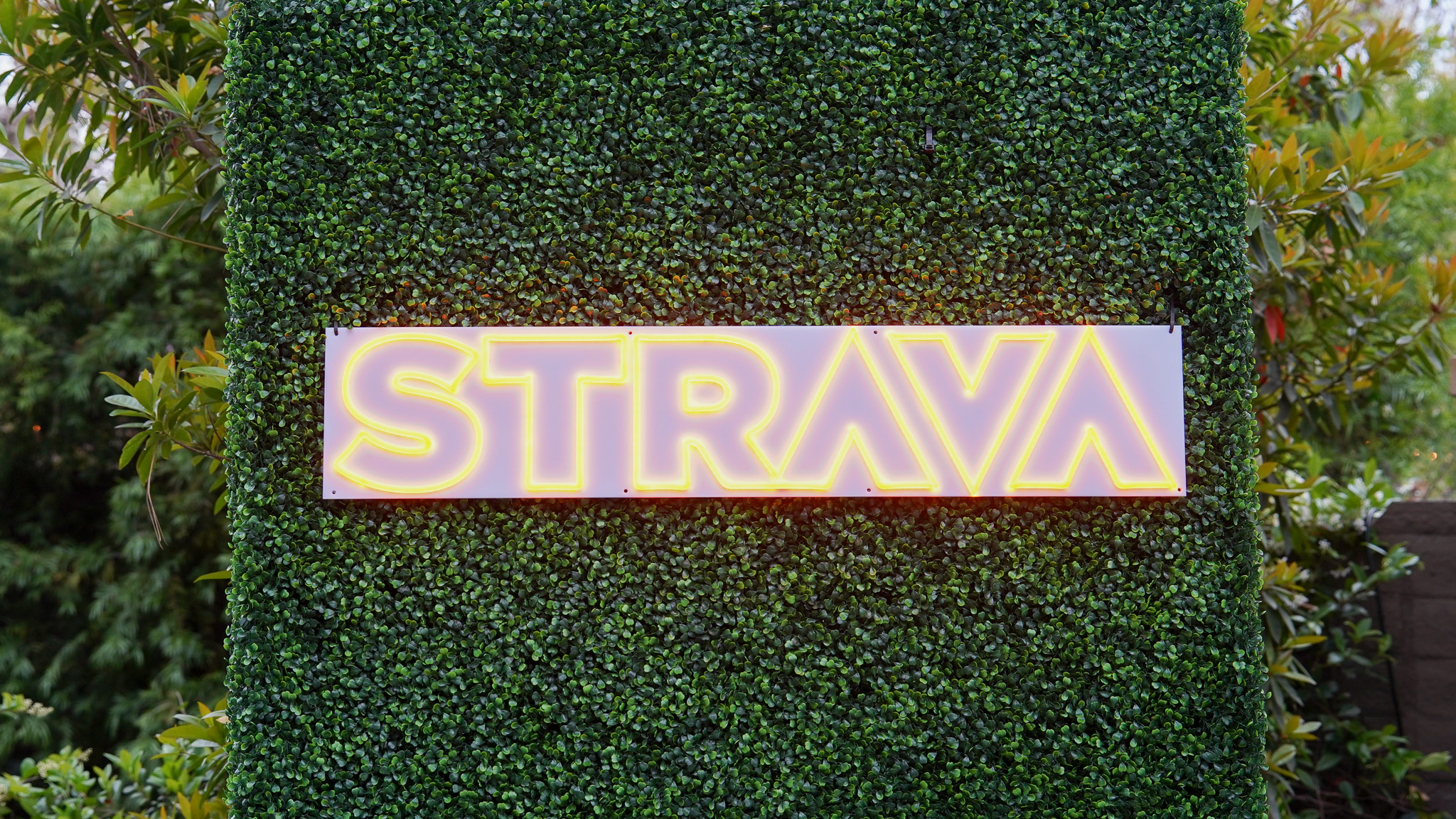
Strava, the world's biggest fitness community, just got a new coach. The company announced today it’s acquiring Runna, the popular personalised training app for runners. But what does that mean for the millions of users on both sides?
I sat down with Strava CEO Michael Martin and Runna CEO and co-founder Dom Maskell just after the news dropped to find out.
While some might assume the acquisition signals a merger of platforms – or the beginning of the end for Runna as a standalone service – both Martin and Maskell were quick to dispel that.
“Nothing changes… in a good way,” says Martin. “This is very much a growth and investment play for us. Runna will remain its own app for the foreseeable future – we want to help it grow, not absorb it.”
Maskell echoed the sentiment, adding that the acquisition represents a natural evolution for Runna. “We started as a PDF site four years ago,” he laughs. “We rebranded to Runna three years ago, launched subscriptions, and always tried to help as many runners as possible. Strava just felt like a natural home for that mission.”
Why now?
The acquisition comes at a time when running is booming – according to Strava’s own data, nearly 1 billion runs were logged on the platform in 2024 alone.
“We’ve seen more and more Strava athletes setting running-specific goals,” says Martin. “The platform is great for tracking your activity, but what we’ve lacked is visibility into what someone intends to do next. That’s where Runna comes in – it gives structure, plans, and purpose to all of that activity.”
Runna’s growing reputation for high-quality coaching and structured training stood out, especially in a space Martin describes as “very competitive,” with over 100 coaching apps integrated via Strava’s API.
“Ben [Parker, Runna Co-Founder] and Dom have built an amazing platform that’s complementary to what Strava already does,” Martin continues. “That alignment was key.”

Will Runna be rolled into Strava?
Not for now – and possibly not at all.
While tighter integration between the two apps is on the cards, both companies say they’ll remain separate products. But that doesn’t mean users won’t start seeing some benefits soon.
“I’m a Strava user myself,” says Maskell. “There are things we’d love to improve, like aligning metrics between the two platforms or using Strava’s adjusted pace. It’s about creating a better experience where the two work together more seamlessly.”
Martin agrees: “There are so many opportunities to enhance the user journey. Think about how runners plan routes in Strava, train with Runna, and then share back to Strava again – we want to reduce friction in that loop.”
The idea isn’t to create a mega-app, but rather a more cohesive ecosystem where data, plans, goals, and community work together across platforms.
What about subscription prices?
Let’s cut to the chase: no changes are coming to Strava or Runna subscription pricing, and both companies are still committed to offering valuable free versions.
“There are no immediate changes to subscriptions,” says Martin. “Both platforms have strong free offerings, and we intend to keep it that way.”
That’ll be a relief to Runna users, many of whom rely on its affordable access to structured training and expert coaching. But Martin hints that the combined value of both services could eventually grow, with features tailored to each user’s experience.
“The more we understand about your intent – your goals, your training plan – the better we can motivate and coach you. That’s the big win here.”

How the deal came together
While the acquisition may have surprised some, Maskell and his co-founder Ben Parker had been manifesting a partnership with Strava for over a year. Literally.
“We were at Camp Strava last year,” Maskell recalls. “Ben and I split up – I went on the run, he went on the ride – just so one of us could meet Mike. We knew we wanted to work with Strava. It just made sense.”
After some cold-email hustle (including trying every variation of Martin’s email address), the conversation eventually took off. A few months later, it turned into something more serious.
“There’s no other partner that made sense,” says Maskell. “If we want to help as many runners as possible and remain platform-agnostic – supporting every shoe, every watch, every race – Strava’s reach lets us scale while keeping that vision.”
Martin agrees: “We’re committed to remaining an open platform. That means continuing to support our API developer community, including the other training apps that connect to us. Runna is a key part of that ecosystem now.”

What’s next?
It’s still early days – the ink is barely dry – but both CEOs are brimming with excitement.
“This feels like the world’s biggest team just got a coach,” says Martin. “It’s a new era for Strava and Runna. The real winners here are the athletes.”
So if you're using Runna to get race-ready, or logging your recovery jogs on Strava, don’t worry – your training is only going to get smarter, more personalised, and more joined up. And for now, at least, your subscription isn’t changing either.
Sign up for Strava and Runna today for free, or read more about the acquisition here.







